ADVERTISER DISCLOSURE: The Frugal Tourist is part of an affiliate sales network and receives compensation for sending traffic to partner sites, such as MileValue.com and Cardratings. This compensation may impact how and where links appear on this site. This site does not include all financial companies or all available financial offers. Terms apply to American Express benefits and offers. Enrollment may be required for select American Express benefits and offers. Visit americanexpress.com to learn more. All information about the American Express Schwab Platinum has been collected independently by The Frugal Tourist.
EDITORIAL DISCLOSURE: Opinions, reviews, analyses & recommendations are the author’s alone and have not been reviewed, endorsed, or approved by any of these entities.
Picking Rome’s ten best churches was quite a tall order.
The city is dotted with extraordinary churches from all corners – over 900 of them – so narrowing this list down to TEN was unexpectedly arduous.
Equipped with no other metric except how persisting these churches’ impressions were on me, this tally is purely subjective and solely based on my opinion.
Moreover, I am not religious, so my selections were primarily influenced by the astonishing pieces of art inhabiting these sanctuaries more than their spiritual significance.
In this blog post, I count down my TOP TEN list of Rome’s most iconic, must-visit churches for magnificent art.

Pro-Tip: All these CHURCHES are FREE to enter except for the Dome Climb at St. Peter’s & the journey down at San Clemente. Also, dress modestly.
The Top 10 Best Churches To See Amazing Art In Rome
1. St. Peter’s Basilica
METRO: OTTAVIANO
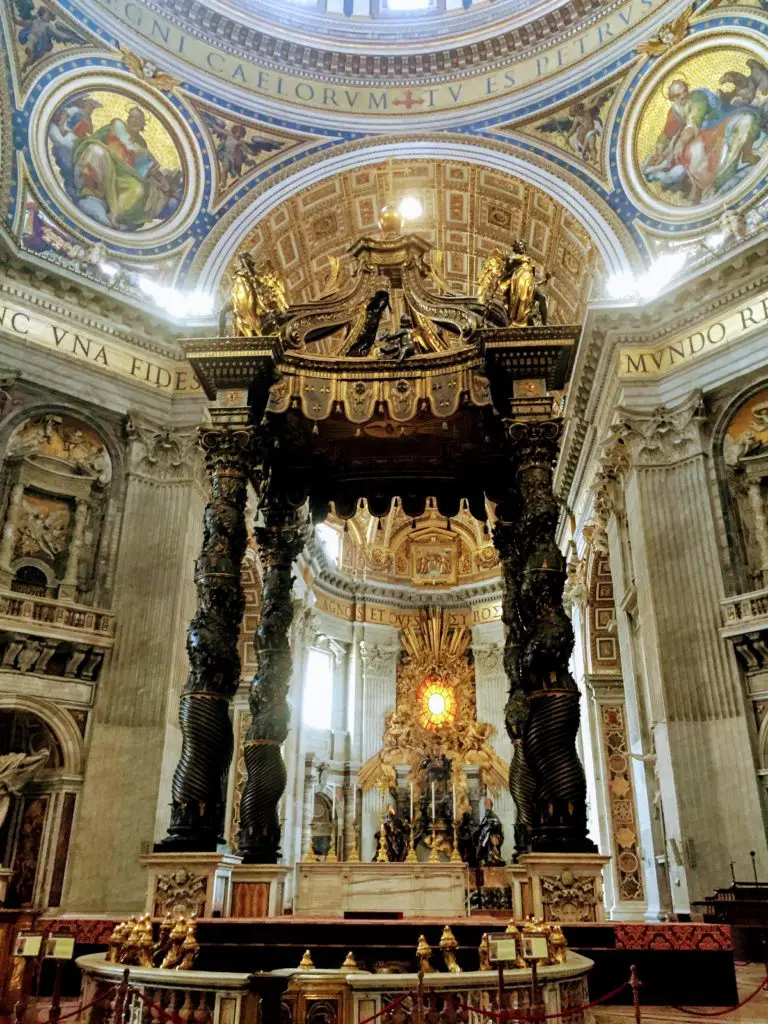
This enormous house of worship requires no introduction. St. Peter’s Basilica is the grandest church on the planet.
Michelangelo designed its dome, which is a prominent feature in Rome’s skyline.
This was the purported site of St. Peter’s martyrdom and crucifixion. His tomb is allegedly situated below the altar of the basilica.
It is extremely popular, particularly during holidays and summer. Therefore, visiting here requires some sacrifice and patience, so arriving as early as possible is recommended.

Alternatively, timing your visit a few hours before closing time can prove rewarding as well, particularly when you plan to climb up to the dome just in time for sunset.
This is called the golden hour when Rome is basked in an enigmatic glow.
It is also possible to schedule a visit to see the Pope.
If he is in town, he will give out blessings during an event called “the Papal Audiences,” which is held every Wednesday.
Here’s your must-see checklist:
- Michelangelo’s Pieta is located behind bullet-proof glass to avoid any attacks similar to what happened back in 1972 when a man broke Mary’s nose and arm.
- Michelangelo’s Dome
- Bernini’s Canopy in the Altar
- Pope John Paul II’s tomb in the Vatican Grottoes
- Crucified upside down because he did not think he deserved to die the same way as Jesus Christ, St. Peter died here, and his tomb is supposedly located underground in the Vatican Necropolis. It can only be accessed via a private tour.
- Being the largest church in Christendom, look for lines on the floor to show where other churches would fit if placed in St. Peter’s.
DOWNLOAD RICK STEVES’ FREE AUDIO TOUR OF SAINT PETER’S BASILICA HERE (APPLE)
DOWNLOAD RICK STEVES’ FREE EUROPE AUDIO APP (GOOGLE)
St. Peter’s Dome Climb
One of Rome’s most magnificent views can be captured from the dome of St. Peter’s.
You can take the stairs or the elevator to the rooftop for a small fee. Check opening hours.

If you wish (and I strongly recommend that you do), you can continue with the final ascent of about 320 heart-pounding steps to the very top of the dome for the ultimate Roman vista.
No pain, no gain. The cardio will be all worth it.
St. Peter’s Square
Once you have toured St. Peter’s, step outside and circle around St. Peter’s Square, one of the grandest piazzas in Roma.
Soak in the magnitude of the Vatican. Despite the Vatican’s diminutive size, this square evokes the complete opposite – overarching religious power.
The pope’s residence and the Sistine Chapel are visible from here.
If smoke comes out of the chapel’s chimney, you’re in luck. That means they just elected a new pope during your visit.

2. San Luigi Dei Francesi
LOCATION: It is between Piazza Navona and the Pantheon, so peek in while connecting these two sites. A link to a free walking tour will come later in this post.
Can be combined with Santa Maria Sopra Minerva (#6)

I’ve been to this church so often that visiting it almost feels like a mandatory pilgrimage whenever I am in the Eternal City.
This special place was unforgettable because it was where I was initially introduced to Caravaggio. Instantaneously, I became one of his avid fans.
Full disclosure: I did not know who Caravaggio was until I got awe-struck by his paintings in this very church, and I’ve religiously chased his art ever since.
Upon entering, proceed straight to the Contarelli Chapel located at the front left corner of the altar to be blown away by a trio of his most breathtaking masterpieces.
I’d bring a euro or two as you would need it to activate the lights in the chapel.

Checklist:
- Caravaggio’s Calling of Saint Matthew (left wall) – considered to be his ultimate masterpiece
- Caravaggio’s Inspiration of Saint Matthew (center)
- Caravaggio’s Martyrdom of Saint Matthew (right wall)
- An opportunity to immerse in Caravaggio’s haunting style called “chiaroscuro” (the use of strong contrasts of light and shade).
WATCH THIS VIDEO ABOUT THE CALLING OF SAINT MATTHEW BEFORE YOUR VISIT
3. Basilica Di San Clemente
METRO: COLOSSEO
Can be combined with San Giovanni De Laterano (#8)
A genuinely unique archaeological experience, Basilica Di San Clemente offers the opportunity to witness Rome’s ancient history down deep below the ground.
Be prepared to be stunned by layer after layer of evidence of Rome’s antiquity by physically descending back in time.
| Street Level | 12th-century Basilica Superiore |
|---|---|
| One Level Down | 4th-century Basilica Inferiore |
| Two Levels Down | 1st Century Roman House 2nd Century Temple to Mithras |
| Three Levels Down | Subterranean River (can not be accessed) |
Checklist:
- The opportunity to go down layers below Ancient Rome
- 12th-century mosaic in the apse of Christ evolving into a tree
- 15th-century frescoes by Masolino in the Cappella di Santa Caterina
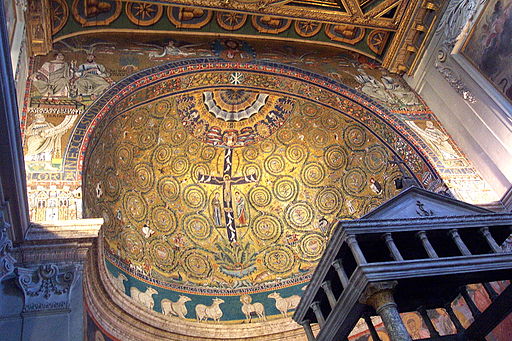
MORE IN-DEPTH HISTORY OF THIS BASILICA CAN BE READ HERE
4. Santa Maria Del Popolo
METRO: FLAMINIO
It might be tempting to bypass this church because it is virtually unnoticeable in the middle of Piazza Del Popolo’s hustle and bustle, but I recommend that you do not succumb to that temptation.
This nondescript church, with a subdued Baroque facade designed by Bernini, houses a host of masterpieces, including a chapel built by Raphael and two of Caravaggio’s extraordinary paintings.

Checklist:
- Caravaggio’s Crucifixion of Saint Peter
- Caravaggio’s Conversion of Saint Paul on the Road to Damascus
- Bernini sculptures
- Raphael’s Chigi Chapel
- Bring a euro or two to illuminate the Cerasi chapel where the Caravaggio paintings are located.
Piazza Del Popolo
Once you’ve toured Santa Maria Del Popolo, step outside to relax at another glorious piazza—Piazza Del Popolo.
This piazza was once the main northern entrance to Ancient Rome.
Back in the olden days, everyone had to enter the city through this historic square, and this piazza was usually the first site that welcomed pilgrims (or tourists) when they traveled to the Eternal City.
Today, it’s still a hectic gathering spot for locals and tourists—it’s the perfect spot for people-watching!

Pincio Hill
Do not miss one of Rome’s most captivating hills, just next to Santa Maria Del Popolo.
The photo below was taken at the Pincio Terrace on Pincio Hill, adjacent to the Borghese Gardens.
Climb up the stairs until you reach the romantic terrace.
Sunsets are magical here, with sprawling views of Rome’s domes as far as the eye can see.
From this vantage point, you can also enjoy a great perspective of the Piazza del Popolo, which is adorned by its signature Egyptian obelisk.
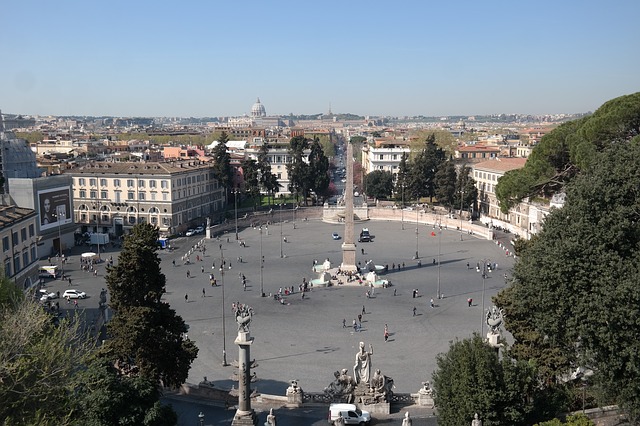
5. Santa Maria Maggiore
METRO: TERMINI
Santa Maria Maggiore, one of Rome’s four papal basilicas, is in one of the city’s famous seven hills – Esquiline Hill.
It is dedicated to the Virgin Mary and boasts Rome’s tallest campanile (bell tower). It is also one of Rome’s oldest churches.
Papal basilicas are considered high-ranking churches and are essential stops for pilgrims.
The other three papal churches in Rome are St. Peter’s Basilica (#1), San Giovanni Laterano (#8), and San Paolo Fuori le Mura.
Overflowing with art, the showstopper in this church is the staggering 5th-century mosaics in the church’s triumphal arch hovering above the main altar.
Equally magnificent mosaics featuring Old Testament tales accentuate the nave.
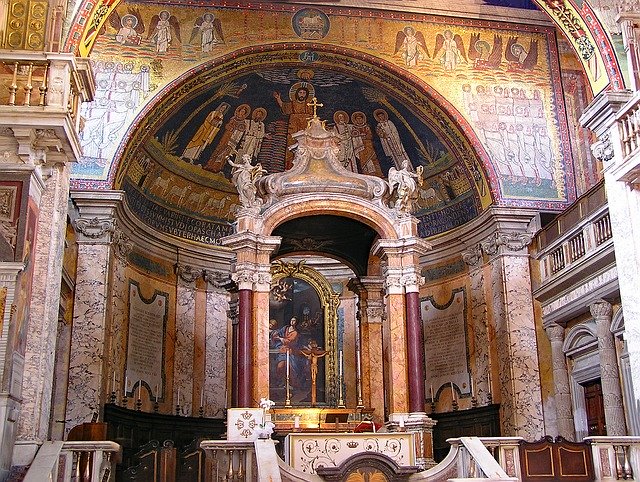
If you are in town on August 5th, this church hosts a special event commemorating a mysterious snowfall that occurred in the summer of 358 at the exact spot where it was built.
It is aptly called the Miracle of Snow and is celebrated with a shower of white petals from the church’s ceiling.
Checklist:
- Awe-inspiring mosaics in the triumphal arch
- Spectacular mosaics encircling the nave
- Bernini’s final resting place

Santa Prassede
If you are not mosaic’d out yet, a few meters away from Santa Maria Maggiore is this tiny church that amazingly packs a heavy punch and is guaranteed to cause even the most discerning mosaic lover drool.
Incredibly well-preserved mosaics intricately surround this gorgeous sanctuary that almost rivals the Byzantine churches in Ravenna, Italy, or Istanbul, Turkey.
If you have the extra time and are even slightly fascinated by mosaics, this is a brilliant addition to your church itinerary in Rome.

6. Santa Maria Sopra Minerva
LOCATED BEHIND THE PANTHEON

Santa Maria Sopra De Minerva is an unusual structure. It is one of the few Gothic churches in Rome.
Predominantly populated with Baroque and Renaissance churches, Rome is incredibly blessed to have this impressive architectural treasure in its midst.
Aside from its heavenly blue ceiling, Sopra De Minerva also provides sanctuary to a transcendent Michelangelo sculpture named “Statua Del Redentore“.

Checklist:
- Rome’s only Gothic church. Check out the arched vaulted ceiling
- Michaelangelo’s Statue of Christ “Statua Del Redentore”
- Bernini’s famous elephant statue in the piazza facing the church
- The tomb of St. Catherine of Siena, Italy’s primary patron saint
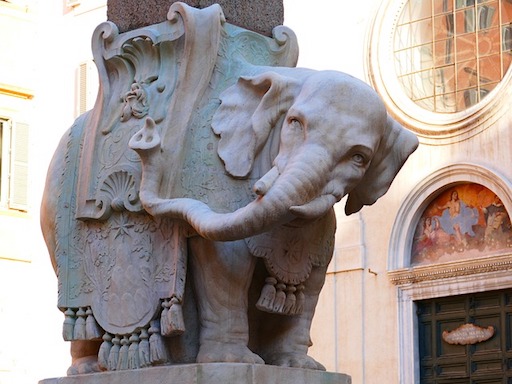
7. San Pietro In Vincoli (St. Peters In Chains)
METRO: CAVOUR
Situated in MONTI, a beloved district for leisurely strolls (“passeggiata“), it’s conveniently close to the Colosseum, just a short walk away.
A required stop for even the most casual Michelangelo fan, this church contains one of the artist’s most enthralling sculptures—the statue of Moses with its famous horns.
Even Michelangelo considers this one of his greatest creations.
Beneath the altar is one of the church’s major draws – the chains that bounded St. Peter’s while he was imprisoned in Jerusalem.
This ended up in Rome when it was given to Pope Leo I as a gift.

Checklist:
- Michelangelo’s sculpture of Moses (one of the world’s most famous statues)
- Skeleton tombs on the left side of the church
- The chains used on St. Peter during one of his imprisonments (located under the altar)

8. Basilica Di San Giovanni In Laterano
METRO: SAN GIOVANNI
Built by Constantine 10 years before St. Peter’s Basilica broke ground, this is the cathedral church of Rome and the official seat of the Pope, making it holier and more important than St. Peter’s.
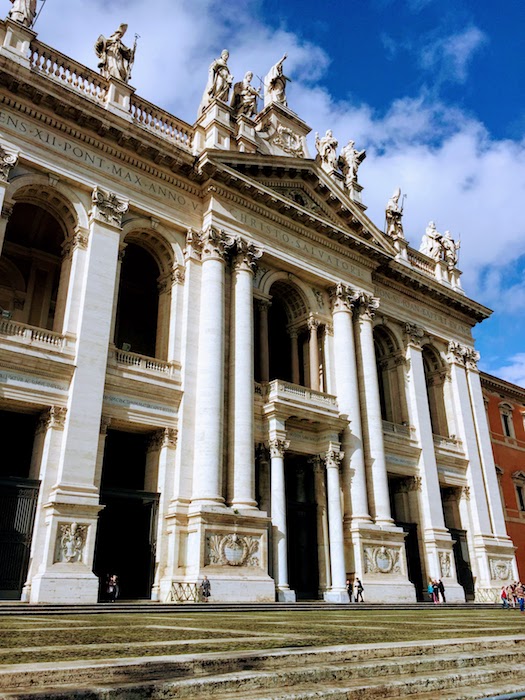
Checklist:
- Remnants of Giotto frescoes on the first pillar to the right
- Bronze door taken from the Curia at the Roman Forum
- The door on the far right is the “Holy Door” that is only opened during Jubilee years
- 15th-century mosaics on the floor and mosaics on the apse
- The Gothic Tabernacle supposedly containing the heads of St. Peter and Stl Paul
- Altar of the Holy Sacrament that contains the remains of the cedar table used by Christ during the Last Supper
Palace of the Holy Steps (Scala Sancta)
This is one of Christendom’s holiest places, just across the street from the Basilica Di San Giovanni.
It houses the staircase Jesus used to enter the palace of Pontius Pilate in Jerusalem during his trial.
On top of the stairs is the Holy of Holies, which used to be the Pope’s private chapel.
Ascend the stairs by walking on your knees and be mesmerized by its glorious frescoes.
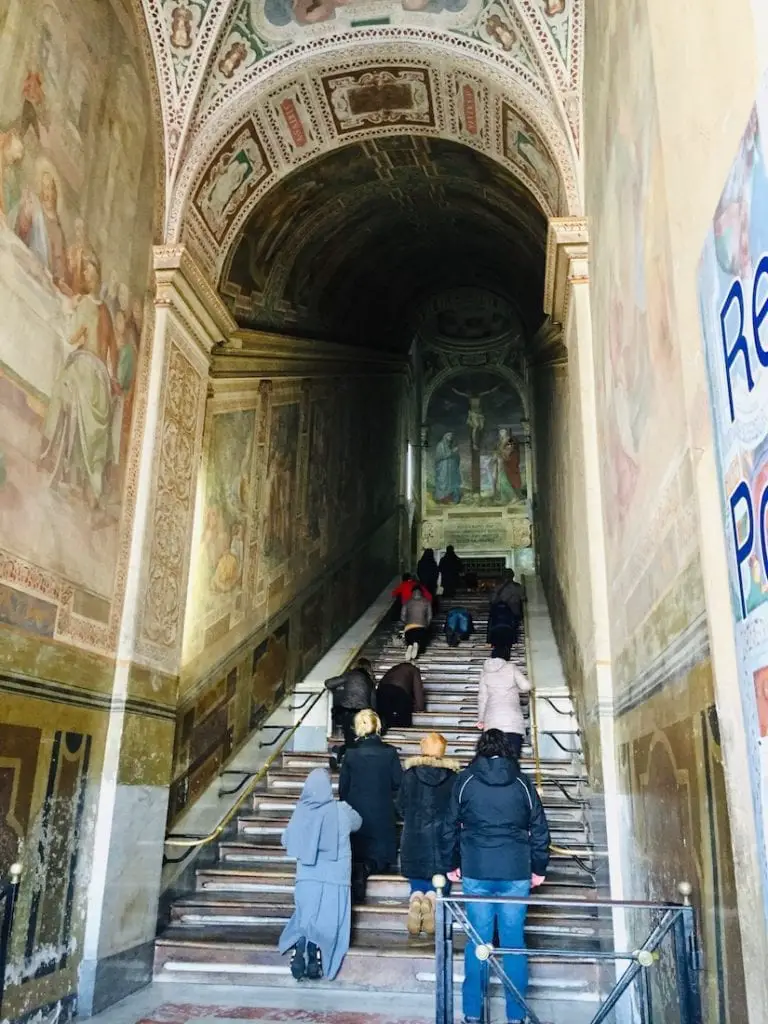
According to tradition, Constantine’s mother, Helen, brought the steps from Jerusalem to Rome in 326, and they’ve been in this location since 1589. Today pilgrims from the world over come to climb the steps on their knees.
You cannot ascend the steps on foot, instead you have to go on your knees and climb the steps on your knees to the altar at the top.
rometoolkit.com
9. Santa Maria In Trastevere
LOCATED IN AMAZING TRASTEVERE
This is one of Rome’s oldest churches, and the piazza facing this church is a neighborhood hotspot where locals usually congregate.
The octagonal fountain in the piazza is Trastevere’s focal point.
Inside, check out the asymmetrical columns. These were taken from many of Rome’s ancient buildings, that was why they are not identical.
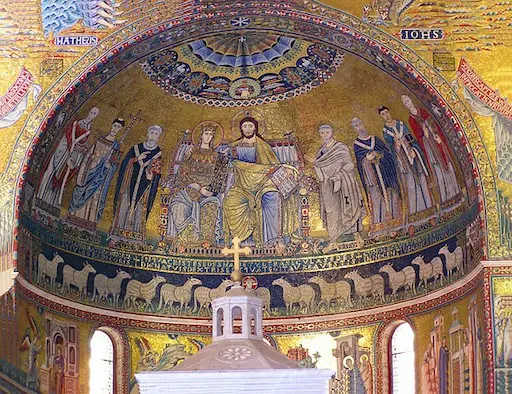
DOWNLOAD RICK STEVES’ FREE AUDIO TOUR OF TRASTEVERE HERE (APPLE)
Checklist:
- 12th-century mosaics
- Colorful Frescoes
- Asymmetrical Columns
- Cosmatic mosaic floors from the 13th century
- The Romanesque brick bell tower
- Piazza with the octagonal fountain right outside
10. Santa Maria Dela Vittoria
METRO: TERMINI
Highlight: Bernini’s most famous and controversial statue – St. Teresa in Ecstasy.
Upon entering the church, head straight to this euphoric sculpture to the altar’s left.
Bernini’s genius made the eroticism of this masterpiece palpably come to life.
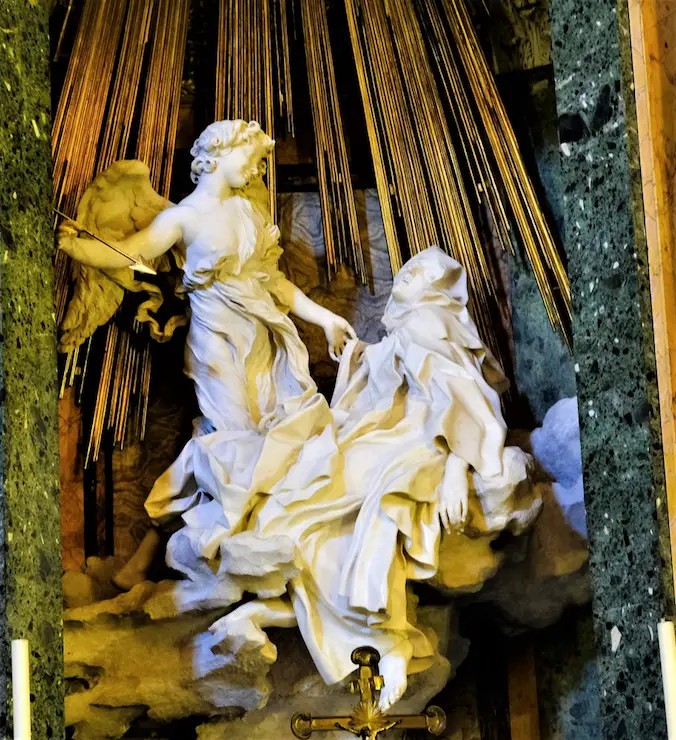
WATCH A VIDEO ABOUT THIS BERNINI MASTERPIECE HERE

Free Walking Tour of The Top 10 Churches in Rome to Find Amazing Art
It is possible to hit all these ten churches on a walking tour.
Divided into three sections based on location, it can be completed in 3 to 4 hours if you do not linger at each church.
But why would you want to do that?
I recommend making this into a whole-day (or two) excursion.
It will allow you to immerse yourself in the astounding beauty of each church at your own pace.
I reassure you that it will be a day to remember for a lifetime.
Walking Tour Itinerary
Before starting the walking tour, kindly download the map provided, verify the opening hours, and dress modestly.
All churches are free of charge unless you want to climb St. Peter’s and descend San Clemente.
Bring some Euros with you as you may need them to illuminate some of the chapels in this walk.
If you want the comprehensive version, it can be found in the post: FREE WALKING TOUR: ULTIMATE 10 BEST CHURCHES IN ROME.
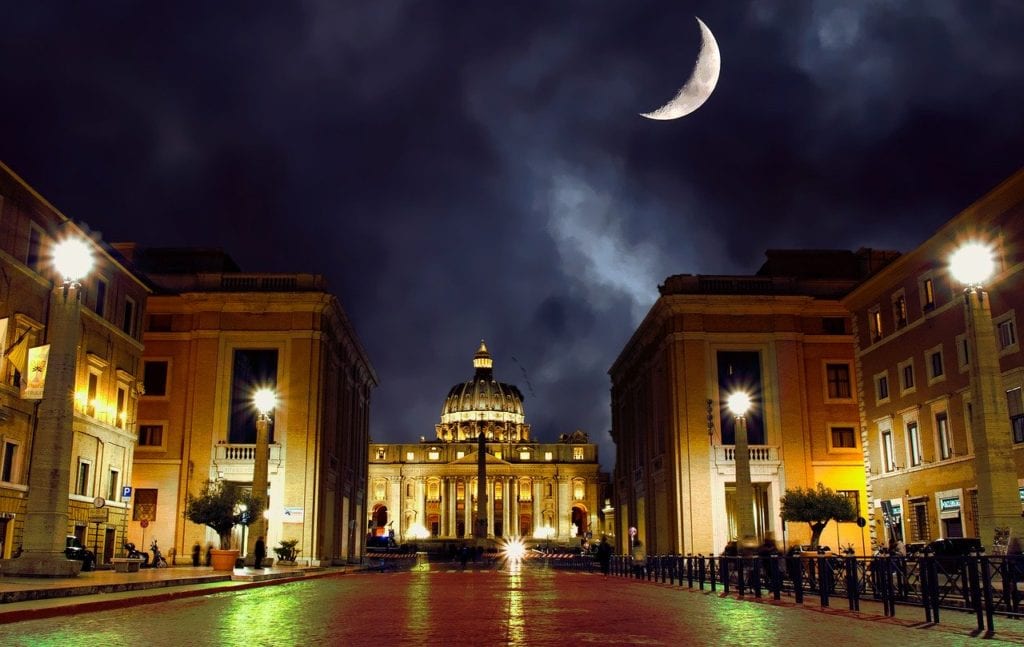
Feel free to download and share the FREE walking tour MAP below
Part 1: St. Peter’s Basilica to Maria Del Popolo
a. I can not think of any other church to start this tour except the breathtaking St. Peter’s Basilica (#1 on the list), the planet’s most glorious church. Michelangelo’s Pieta and Bernini’s canopy are here. If you love sweeping viewpoints, climb Michelangelo’s dome. It will not disappoint.

b. Walk towards the Tiber River and Castel Sant’ Angelo. Cross the picture-perfect pedestrianized bridge of Ponte San Angelo. Once you land on the other side of the Tiber, look back and marvel at one of Rome’s most phenomenal Instagrammable spots.
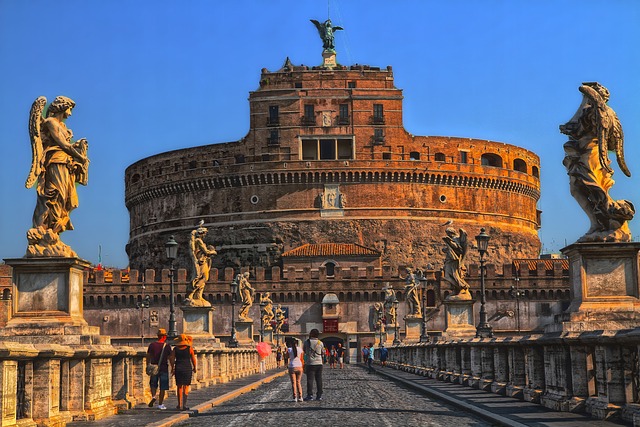
c. Before proceeding to San Luigi de Francesi (#2). Make sure to swing by Piazza Navona and be mesmerized by the spectacular Four Rivers Fountain.
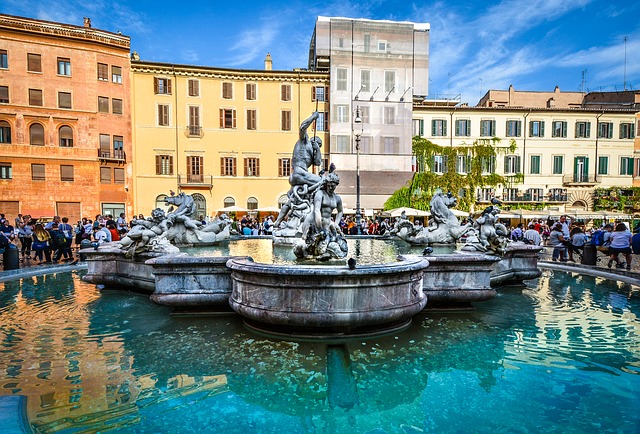
d. Head out to San Luigi de Francesi (#2 in my list). Be prepared to be floored by three earth-shattering paintings from Caravaggio for free in this church.
e. If you have not visited the Pantheon yet, take advantage of this opportunity to be blown away by Ancient Rome’s most-preserved site. Historically speaking, the Pantheon was built as a Roman church that eventually became a Catholic Church.
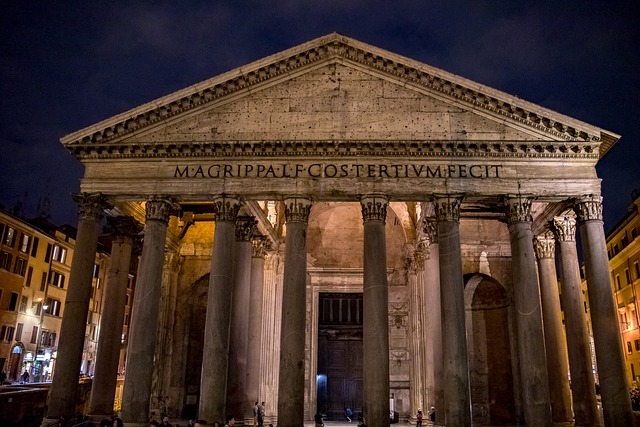
Remember to look up and marvel at that gravity-defying unsupported dome! It is still the record-holder of the most enormous unsupported concrete dome in the world and has been for centuries.
I have never skipped a visit here every time I’m in Rome. Never fails to make my jaw drop.

Download Rick Steves’s FREE Audio Tour of the Pantheon
f. Just behind the Pantheon is Santa Maria Sopra Minerva (#6 on the list) for a chance to see one of Rome’s few Gothic churches and be awed by a stellar Michelangelo sculpture.
g. Next stop is Rome’s most famous body of water – the Trevi Fountain. Don’t forget to toss a coin to guarantee your next visit to the Eternal City again.

h. From Trevi Fountain, make a beeline to another quintessential Roman attraction – the Spanish Steps. Climb the stairs and relish the views of Rome from this vantage point. On top of the stairs is another church – Triniti Dei Monti. Sadly, this church did not make the Top 10 but feel free to take a peek inside.
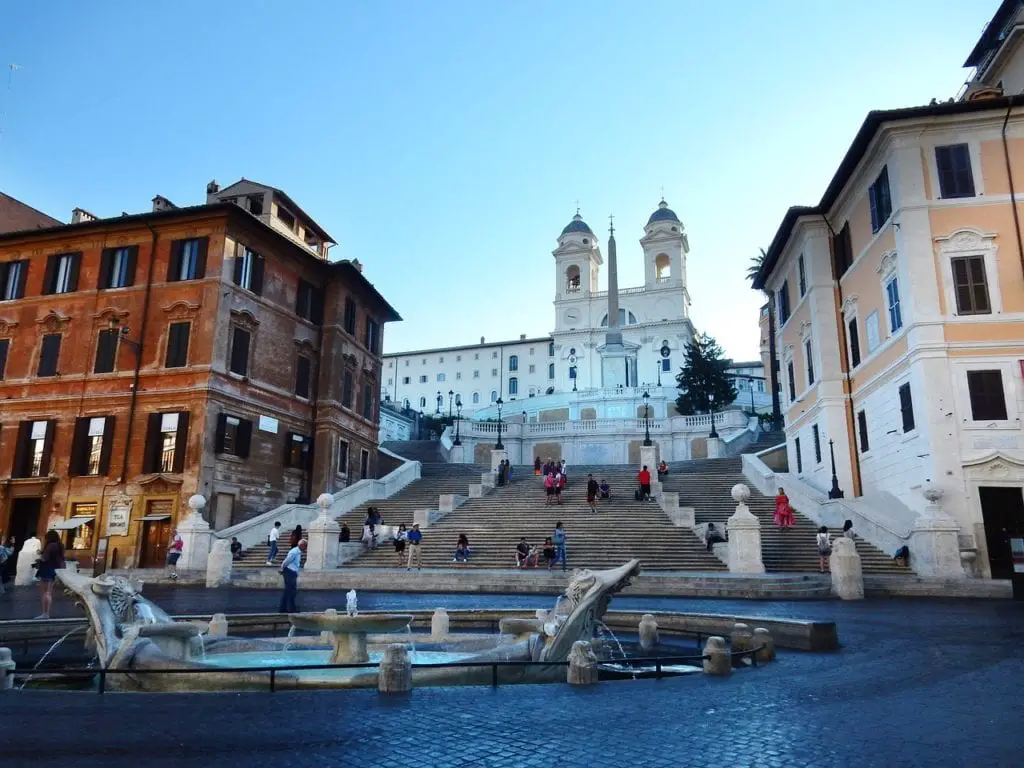
i. From the top of the Spanish Steps, follow the directions to Pincio Terrace for one of Rome’s most magnificent and romantic viewpoints.
j. Descend the stairs for Maria Del Popolo (#4 on the list). Prepared to be blown away by some Bernini sculptures and 2 of Carravagio’s most astounding masterpieces. FREE! However, you would need a Euro to activate the lights to illuminate the paintings. Before heading to the Flaminio train station, linger at atmospheric Piazza Del Popolo for a minute or two.
Maria Del Popolo is next to the Flaminio train station. Take the Metro to the San Giovanni Metro stop to connect to Part 2 of this tour.
PART 2: San Giovanni In Laterano to the Churches near Termini
a. Start the second part of this walk in one of Rome’s most important churches, San Giovanni De Laterano (#8). After relishing the sublime art in this essential pilgrim site and paying respects to St. Peter’s and Paul’s heads, please proceed to our next stop.
b. Across the street is the Holy Stairs, a required stop for Christian pilgrims. Kneel and climb up the same stairs where Jesus walked in Pilate’s temple when he was sentenced to death.
c. A short walk away is the brilliant Basilica Di San Clemente (#3 on the list). Descending multiple layers down Rome is the unquestionable highlight of your visit here—a veritable archaeological odyssey!
d. Take a break from all the churches and head to the Colosseo. You can tackle Ancient Rome sites like the Roman Forum and Trajan Markets from here if you are already churched out.

e. Get your walking shoes ready because it will be quite a hike to reach San Pietro in Vincoli (#7 on the list). Here, you will see another resplendent Michelangelo sculpture and the chains that bound St. Peter when he was imprisoned for preaching the gospel.
If you are too tired to walk to our next stop, San Pietro in Vincoli is next to Cavour Metro Station. From here, you can take the train to Termini Station.
f. Whether on foot or by train, our next church will surely relieve your exhaustion, especially if you like mosaics. Santa Maria Maggiore (#5 on the list) boasts breathtaking mosaics all around. You can also pay tribute to Bernini’s tomb here.
g. Nearby, diminutive Santa Prassade has impressive mosaics as well.
h. Walk for about 15 minutes to reach Bernini’s most famous creation, St. Teresa in Ecstasy. She has her residency in Santa Maria Dela Vittoria (#10 on the list).
i. After relishing Bernini’s outstanding sculpture, walk towards the central train station in Termini but peek inside a bonus church that is on the way – Santa Maria Degli Angeli. It was once one of the most significant Roman baths in the city, and it used to clean about 3,000 Romans a day at its peak.
j. Proceed to the central train station of Termini. Bus terminals are in front of the station. Look for the express bus “H” to take you to our last church, Santa Maria In Trastevere, in one of Rome’s most atmospheric neighborhoods.
Part 3: Santa Maria In Trastevere
a. Situated in Rome’s most authentic district, with meandering alleyways and colorful neighborhoods. Make a beeline for Santa Maria in Trastevere (#9 on my list), located in its central piazza, a popular gathering spot for locals and tourists alike.
b. After checking out the church’s stunning mosaics, you can pick a restaurant for dinner, or if you still have the time and energy, hike up Gianicolo Hill.

Rome Travel Tip: Protect Yourself from Pickpockets

If you think you can outsmart the pickpockets, think again.
They are incredibly street-savvy, unabashedly brazen, and well-equipped with pickpocketing tactics that will make you wonder, “How did they manage to steal that from me?”.
You might even witness pickpocketers in action – they are numerous, confident, and bold.
If you think I’m being overly cautious, I’d like to share these well-written articles devoted to the subject prepared by the European Travel expert Rick Steves.
OUTSMARTING AND AVOIDING PICKPOCKETS AND THIEVES IN EUROPE
TOURIST SCAMS AND RIP-OFFS IN EUROPE
Guidebooks
I also suggest borrowing guidebooks specific to Rome or Italy from your public library.
It will be essential for planning, navigation, and learning about the city’s multi-layered history.
You can also order my favorite Rome guidebooks from Amazon.com.
How We Flew to Italy Using Credit Card Points
I primarily use credit card points for free and discounted travel.
As long as I responsibly pay off my credit card bills on time, my travels are paid for by the banks that provide these points as a form of rebate or reward.

I flew on Emirates First Class for this trip to Italy by redeeming 85,000 Emirates miles and $88.
Anyone who is frugal and financially responsible can travel do this too.
I earned my Emirates miles through travel credit cards.
If you are new to leveraging credit card points to travel for a considerable discount, feel free to reach out to me or join our free Travel Miles and Points Facebook Group.
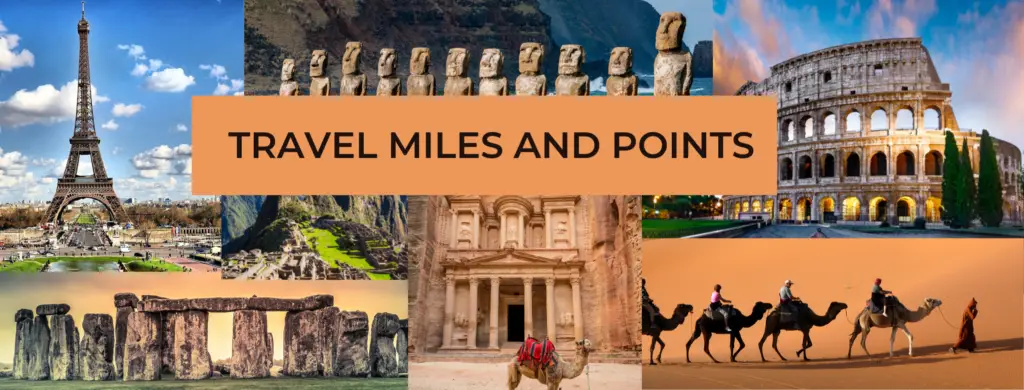
Final Thoughts
Selecting Rome’s top ten churches was a challenging yet rewarding task due to the city’s abundance of extraordinary places of worship.
My subjective list focuses on churches with remarkable art and mosaics that left a lasting impression on me.
While my choices are personal, they highlight Rome’s rich cultural heritage and artistic beauty.
I hope this curated list inspires others to explore and appreciate the iconic churches that make Rome a genuinely captivating destination.
Safe travels!

ADVERTISER DISCLOSURE: The Frugal Tourist is part of an affiliate sales network and receives compensation for sending traffic to partner sites, such as MileValue.com and Cardratings. This compensation may impact how and where links appear on this site. This site does not include all financial companies or all available financial offers. Terms apply to American Express benefits and offers. Enrollment may be required for select American Express benefits and offers. Visit americanexpress.com to learn more. All information about the American Express Schwab Platinum has been collected independently by The Frugal Tourist.
EDITORIAL DISCLOSURE: Opinions, reviews, analyses & recommendations are the author’s alone and have not been reviewed, endorsed, or approved by any of these entities.
USER-GENERATED CONTENT DISCLOSURE: The comments section below is not provided or commissioned by the bank advertiser. Responses have not been reviewed, approved, or otherwise endorsed by the bank advertiser. It is not the bank advertiser’s responsibility to ensure all questions are answered.

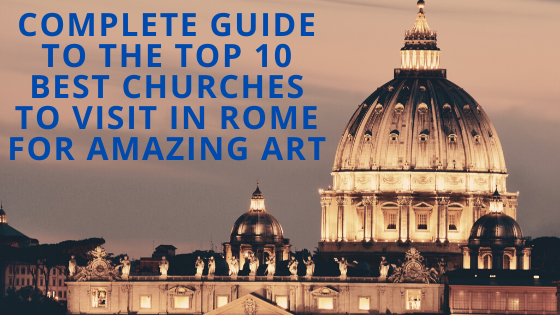
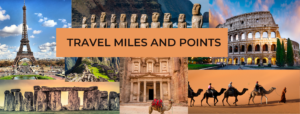
Trackbacks/Pingbacks